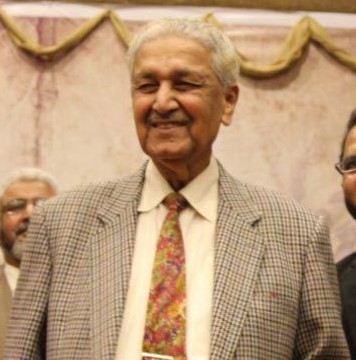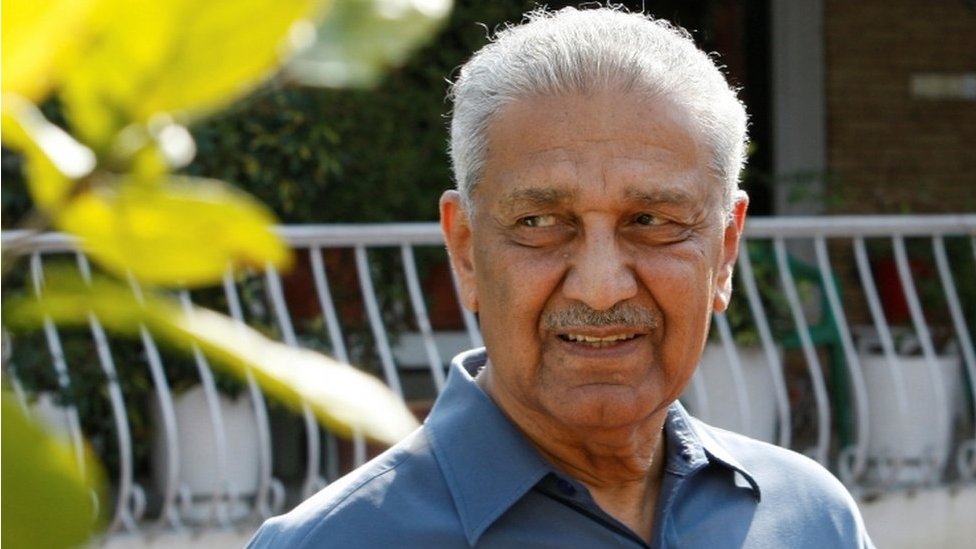Pakistan's path to becoming a nuclear nation is one of intrigue, secrecy, and global controversy. Right in the middle of it all is Dr. Abdul Qadeer Khan, a metallurgical engineer who was instrumental in obtaining nuclear technology for Pakistan through illicit channels. His activity not only defined Pakistan's defense policy but also gave the world cause to worry about nuclear proliferation.
The Origins of Pakistan's Nuclear Ambitions
After India's first nuclear test in 1974, Pakistan realized the need to create its own nuclear weapons in a hurry. Then-Prime Minister Zulfikar Ali Bhutto went on record to famously state, "We will eat grass, but we will make a bomb." Because of this resolve, Pakistan sought nuclear technology at any cost.
A.Q. Khan's Espionage in Europe
Pakistani scientist Dr. Abdul Qadeer Khan, who was employed in Europe, became the central personality in Pakistan's nuclear program. Working at URENCO, a Dutch uranium enrichment company, Khan received unauthorized access to secret designs of centrifuges for the manufacture of weapons-grade uranium.
Khan stole sensitive blueprints and made a list of suppliers that Pakistan might use to get nuclear components. Khan then secretly transmitted this information to Pakistan, which formed the basis of Pakistan's nuclear program.
Developing Pakistan's Nuclear Arsenal
In 1976, Pakistan set up the Khan Research Laboratories (KRL), where Khan led the quest to build nuclear weapons. With pilfered designs and components procured through a network of suppliers across the globe, Pakistan successfully tested its first nuclear weapons in 1998, becoming a de facto nuclear power.
Conclusion
Pakistan's nuclear program, founded on espionage and clandestine operations, is one of the most controversial episodes in international security history. Although A.Q. Khan is celebrated as a national hero in Pakistan, his activities have had a long-lasting effect on nuclear proliferation globally.



Comments
Post a Comment